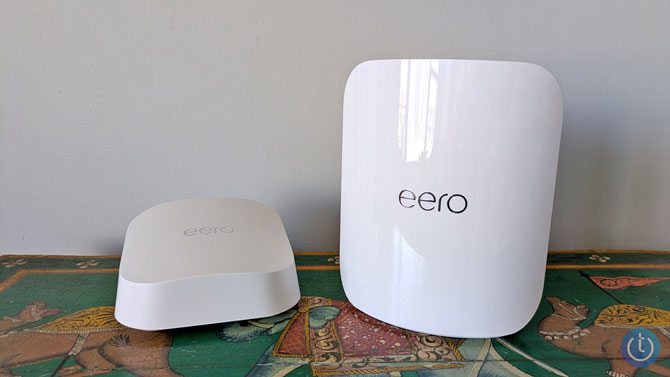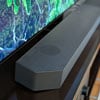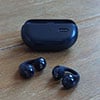Amazon’s Eero has announced two new additions to its WiFi 7 portfolio: the Eero 7 and Eero Pro 7. These models join the existing Eero Max 7 and Eero Outdoor 7, offering consumers more options to upgrade to the latest WiFi standard. The Eero 7 is positioned as an affordable entry point into WiFi 7, while the Eero Pro 7 is designed for users with higher bandwidth requirements, yet who don’t want to spring big bucks for an Eero Max setup. Both of the new routers promise faster speeds and lower latency than WiFi 6E and older technologies, though their real-world advantages will depend on your current network setup and internet demands.
The Eero 7 and Eero Pro 7 are available for pre-order now and will be officially released on February 26, 2025.

Eero 7 vs Eero Pro 7
The Eero 7 is a basic WiFi 7 router with only two frequency bands (no 6 GHz support), meaning it lacks some of WiFi 7’s most significant advantages, such as higher 320 MHz channel widths and tri-band Multi-Link Operation (MLO). This makes it a minor upgrade for those already using WiFi 6E, though it does offer the benefits of lower latency and improved efficiency over WiFi 6.
Eero 7: A Basic WiFi 7 Upgrade
- Dual-band (2.4 GHz and 5 GHz)
- Max wireless speed: 1.8 Gbps
- Max wired speed: 2.3 Gbps (via two 2.5 GbE ports)
- MIMO Configuration: 2×2 on each band
- Coverage: Up to 2,000 sq. ft. per unit
- Price: $169.99 (1-pack), $279.99 (2-pack), $349.99 (3-pack) on Amazon
The Eero Pro 7 is a true high-end WiFi 7 router, offering full tri-band support and wider 320 MHz channels on the 6 GHz band, unlocking faster speeds and lower congestion. This makes it a compelling option for gigabit internet users, gamers, and those running multiple high-bandwidth applications, such as streaming security camera feeds.
Eero Pro 7: A Performance-Focused Router
- Tri-band (2.4 GHz, 5 GHz, and 6 GHz)
- Max wireless speed: 3.9 Gbps
- Max wired speed: 4.7 Gbps (via two 5 GbE ports)
- MIMO Configuration: 2×2 on each band
- Coverage: Up to 2,000 sq. ft. per unit, 600 devices supported in a three-pack
- Price: $299.99 (1-pack), $549.99 (2-pack), $699.99 (3-pack) on Amazon
However, the new Eero Pro also utilizes 2×2 MIMO on each band instead of the 4×4 MIMO configuration found on the Eero Max 7 5GHz and 6GHz channels, meaning it won’t be able to handle as many concurrent high-speed connections. The Eero Max also offers a higher maximum throughput (at least theoretically) of 9.4 Gbps (via two 10 GbE ports) and wireless speeds of up to 4.3 Gbps. Though even at a current sale price of $479 for a single unit, the Eero Max is significantly more expensive than the Pro.
One key differentiator of the Eero 7 and Eero Pro 7 is their built-in Matter, Thread, and Zigbee support, making them better suited for smart home ecosystems than many competing WiFi 7 routers in this price range. This built-in support allows seamless connectivity for smart home devices without requiring additional hubs.
Read more: How to Get Better WiFi
Who Should Upgrade?
For those already using WiFi 6E, the Eero 7 offers minimal performance benefits since it lacks the 6 GHz band. However, the Eero Pro 7 does provide potential real-world advantages with lower latency, better handling of network congestion, and improved throughput. For those on WiFi 5 or older, both models represent a significant step forward in terms of speed, efficiency, and network stability.
Of course, there are already strong competitors on the market, such as the TP-Link Deco BE23 WiFi 7 mesh router ($79.99), which is comparable to the Eero 7 at a lower price. Shoppers should consider whether the smart home hub integration is worth the price premium. Or, if you are an existing Eero mesh system user (as I am), the Eero 7 and Pro 7 are backward compatible with older Eero hubs, enabling you to leverage your current hardware investment.
[Image credit: Techlicious]















